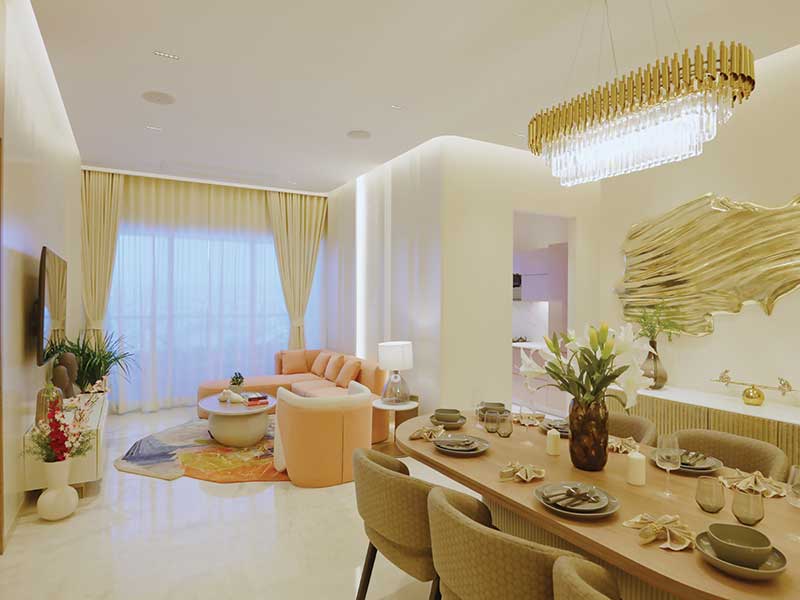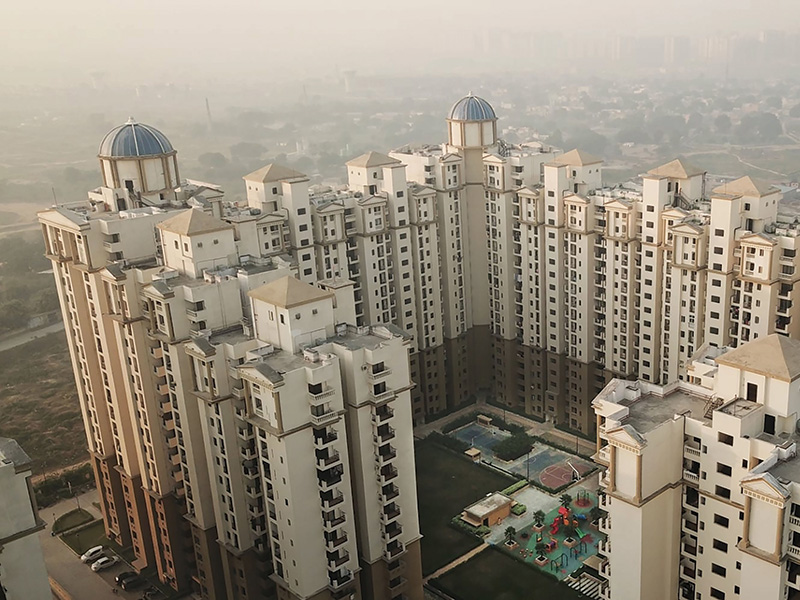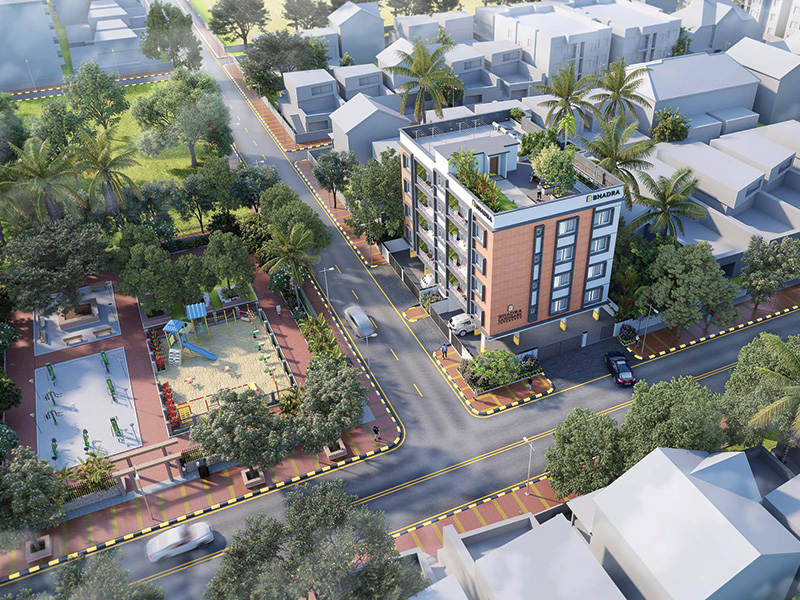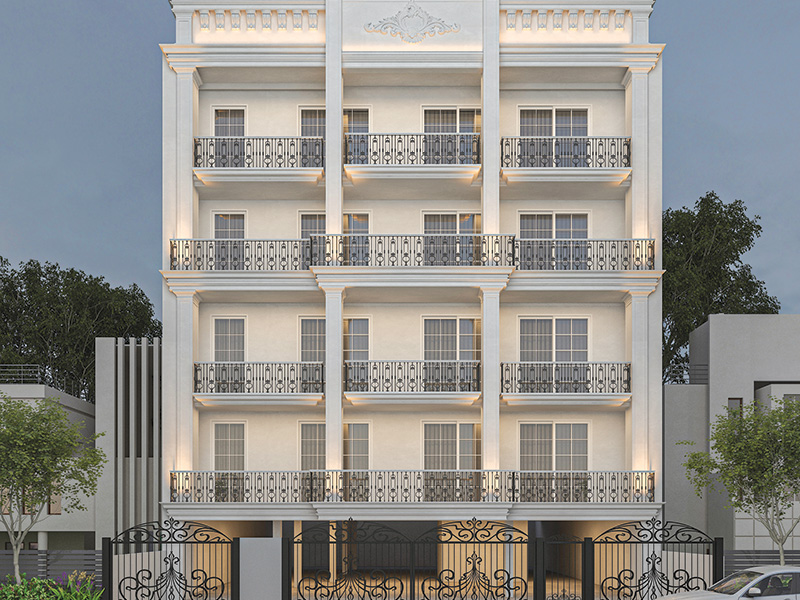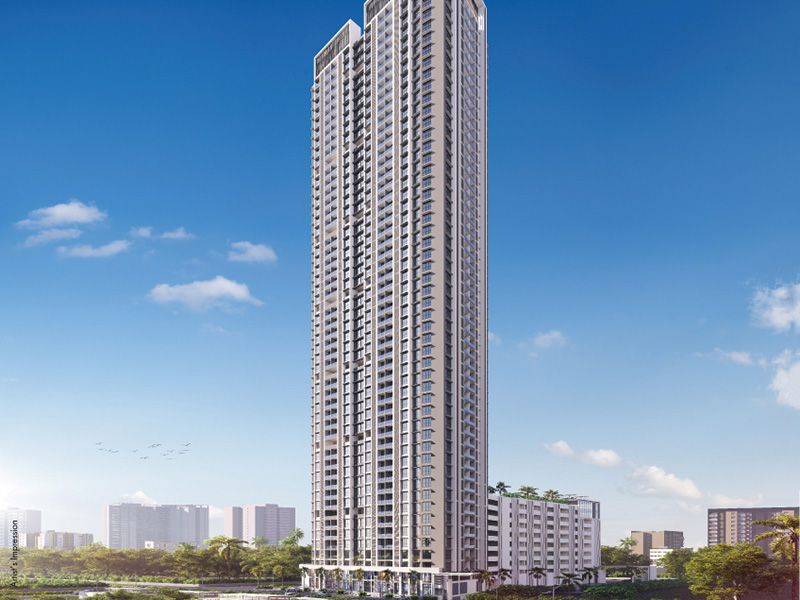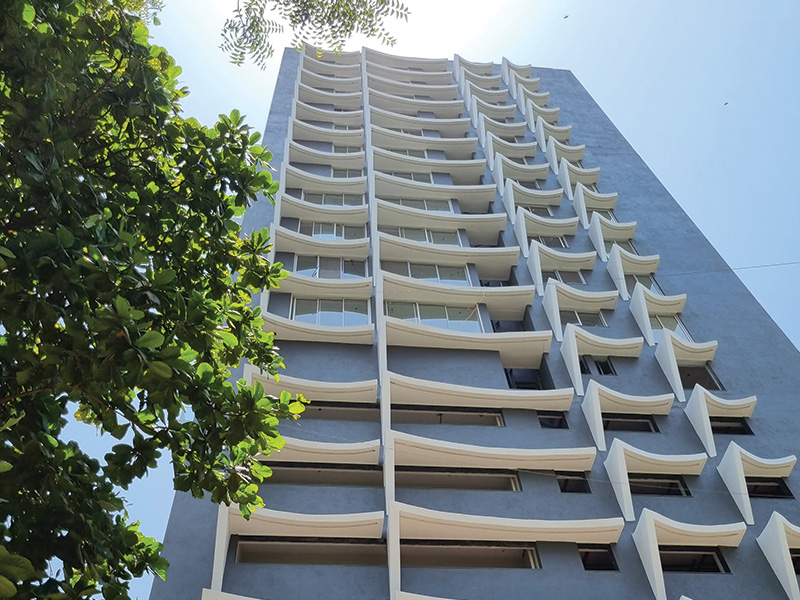Akash Pharande, Managing Director, Pharande Spaces
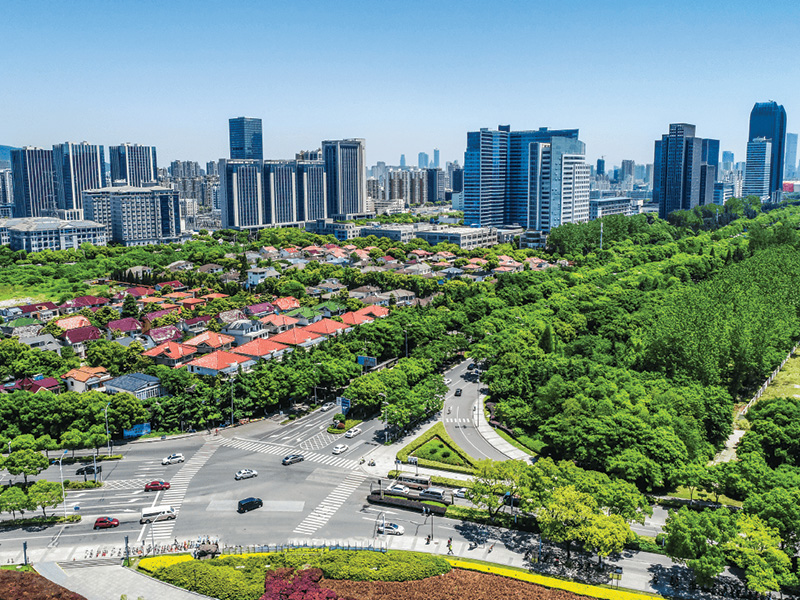
India’s urbanization trend will continue, and by 2050, India will be among the leaders in global urbanization, along with China, Indonesia, Nigeria, and the United States. And India’s urban ethos is driven by young people - dual-income nuclear families, and up-and-coming single professionals.
The Urban Phenomenon
Today’s millennials aspire to live lifestyles based on modern options, including homes that deliver security and comfort. While the pursuit of comfort hasn’t changed over the generations, its definition certainly has. For India’s young urbanites today, a comfortable home is defined by adequate size, the right location, smart home features, and top-grade amenities and facilities.This orientation has, in recent years, caused developers to shift their focus from compact housing projects near the core areas to spacious townships and gated communities in the suburbs. These projects have everything that the previously popular ones lacked - greenery, sustainability features, technology-driven comfort and convenience, high-level security, and, most of all, enough space for the family to grow into.
The always-crucial factor of location has also undergone a sea change. The inner city has fallen out of vogue. The preference of young Indian urbanites has gone from ‘central’ to ‘well-connected’. The metro system and ring roads have caused our cities to expand hugely in scope, making less expensive outlying areas even more desirable than the congested city centers.
Various reports by leading real estate consultants highlight the increased demand for bigger homes made affordable by their non-central locations and reliable by their developers’ reputation for quality.
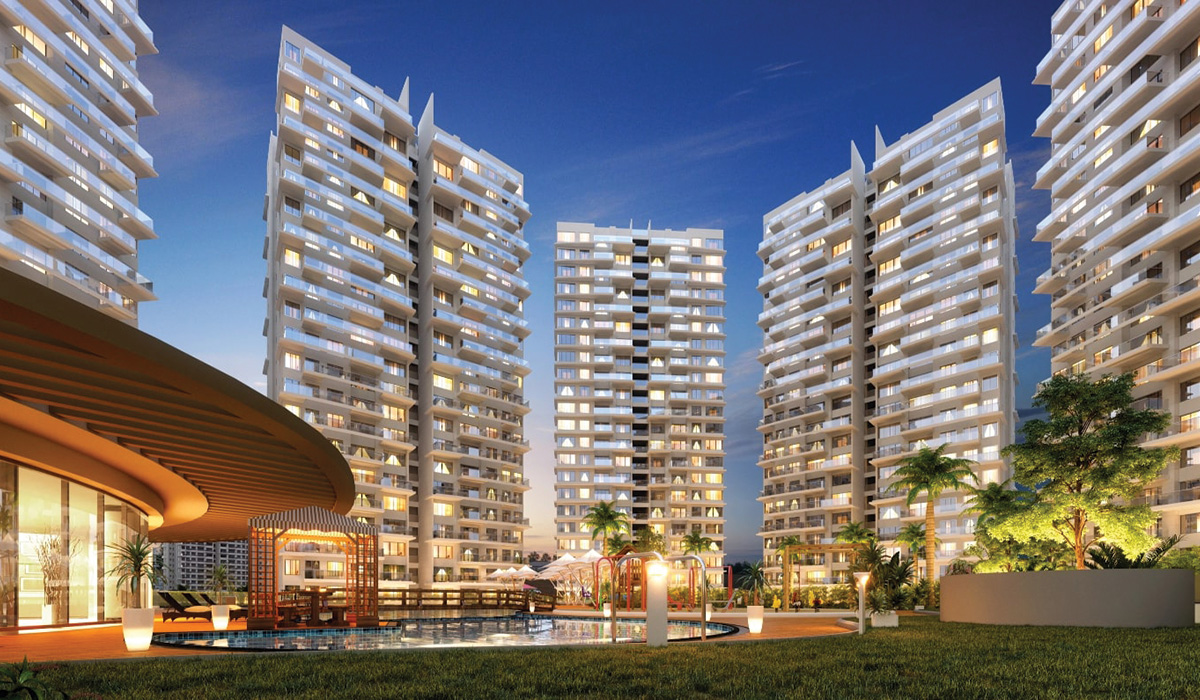
Townships - New Urban Comfort Standard
With ultra-modern townships now being developed in non-central locations, high-grade comfortable living standards have become a very approachable goal. The previous mold has been broken, and an entirely new standard of urban comfort has been set. These projects have everything it takes to live spaciously.The best-selling townships today feature spacious and well-designed living spaces, incorporating modern architectural and interior design principles. They prioritize functionality, aesthetics, and the efficient utilization of space, enhancing residents’ overall quality of life.
They also have advanced security systems, such as CCTV cameras, access control mechanisms, and security personnel, which create a safer living environment. Unlike the housing projects of yesteryears, these townships have highly efficient facilities management systems that tackle waste management, maintenance, repairs, and utility upkeep.
They have well-designed community spaces and recreational facilities such as parks, playgrounds, swimming pools, gyms, and community centers. These promote an active and healthy lifestyle, encourage social interaction among residents, and provide spaces for relaxation and leisure activities.
The concept of urban comfort has come a long way over the years, and is a constantly evolving theme which will see rapid and regular changes in the years to come. Indian homebuyers expect a lot more from their homes and developers need to deliver ‘real’ value in a changing world.
Akash Pharande
Tech-savvy millennials also expect technology that enhances their living experience. Smart home systems, such as automated lighting, temperature control, visitor monitoring, and appliance control, have increasingly become must-haves in the new urban comfort sphere.
Finally, they also expect sustainability features that address the mounting environmental concerns that are constantly in the news now. Sustainable and energy-efficient features such as solar panels, energy-efficient appliances, rainwater harvesting systems, and green spaces reduce the project’s carbon footprint, lower utility bills, and result in a more environmentally friendly community.


